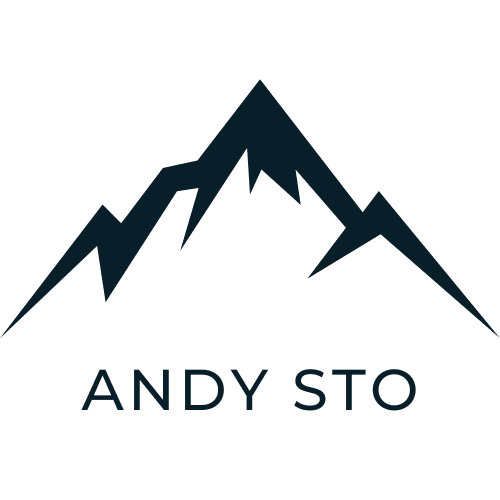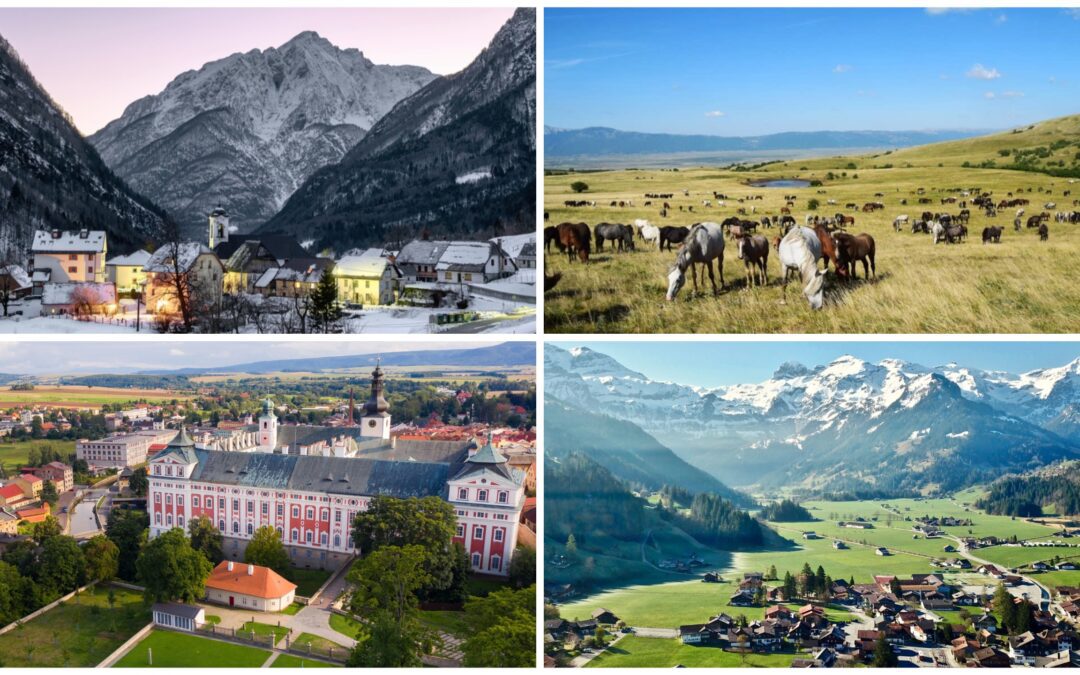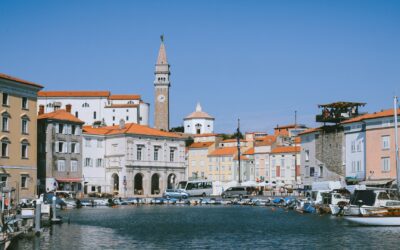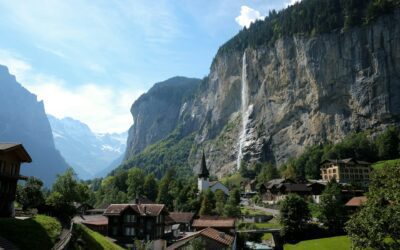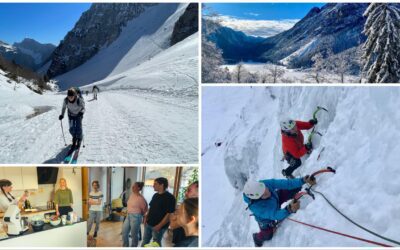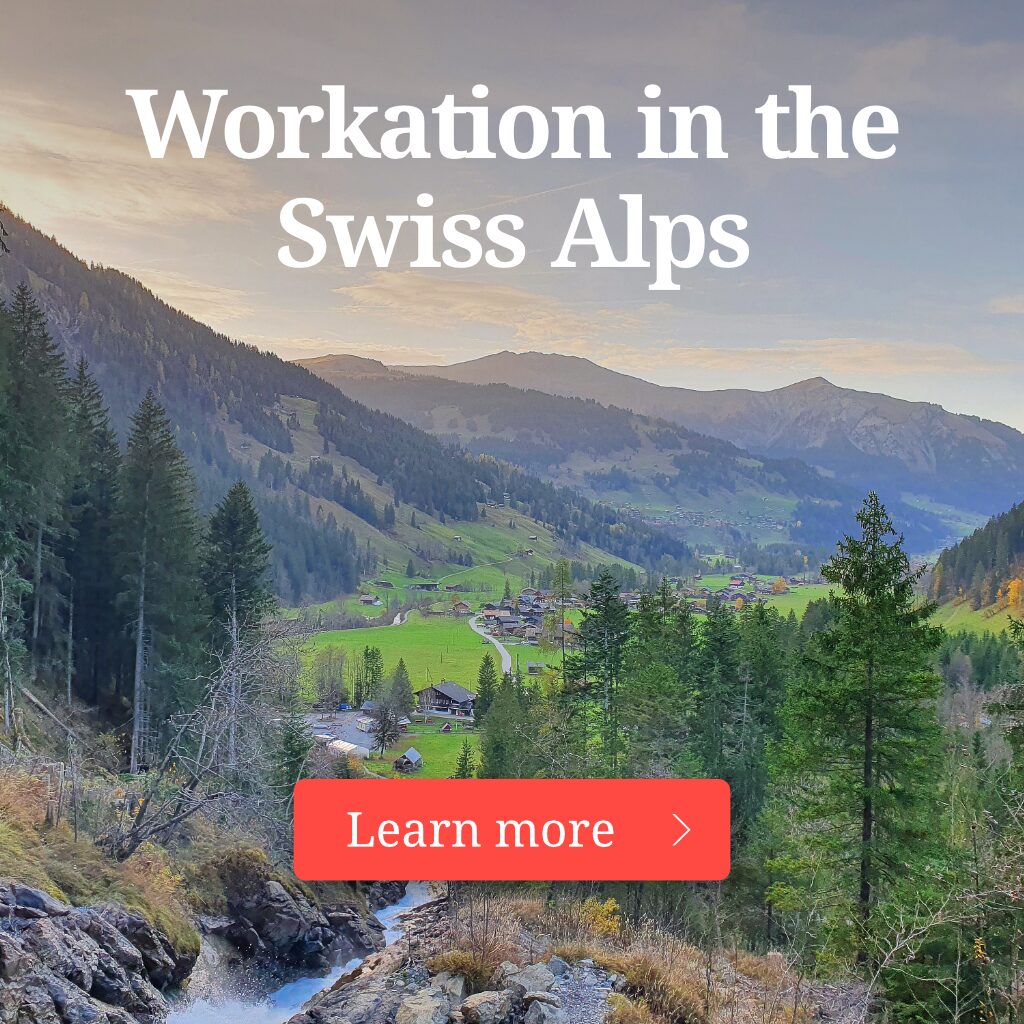|
|
Seasonality has always been one of the quiet killers of rural tourism. Many villages across Europe thrive for a few sunny weeks in summer or a few snowy months in winter, only to struggle the rest of the year. Shops close, cultural life slows down, rental income evaporates, and young people leave because they don’t see long-term opportunities.
Over the past few years, I’ve been working directly with rural municipalities to design workation programs that attract remote workers and digital nomads during low-season periods. Through Hubs Travel, I’ve helped towns like Lenk, Bovec, Livno, Broumov, and others find new relevance, not by chasing mass tourism, but by tapping into a very different kind of demand: professionals who want to work from beautiful, peaceful, affordable places for one to three months at a time.
This isn’t tourism. It’s a form of seasonal talent mobility. And when done right, it’s a powerful antidote to seasonality.
Here’s everything I’ve learned about how rural destinations can use remote work strategically—not as a trend to chase, but as a sustainable solution to long-standing economic challenges.
1. Rural Towns Have a Hidden Advantage: They Offer What Remote Workers Actually Want
Most rural municipalities underestimate the strength of what they already have.
Remote workers are not traditional tourists. They’re not looking for amusement parks, big nightlife, or shopping streets. They care about:
-
calm surroundings
-
access to nature
-
safe, human-scale communities
-
affordability
-
authenticity
-
space (which cities can’t give them)
-
reliable internet
-
a sense of belonging
Many rural areas check almost all of these boxes—except for one: they don’t have a plug-and-play workation setup. The ingredients are there, but not the infrastructure.
Once the infrastructure is built (accommodation, workspace, program, community manager), rural towns can compete with major cities, and even surpass them. Because what urban centers offer—stress, traffic, noise, high prices—is exactly what remote workers are trying to escape.
In Livno, for example, the appeal wasn’t just the famous wild horses. It was the slow pace of Bosnian life, the nature that starts five minutes from the center, the friendliness of locals, and the feeling of being welcomed into a community. These are priceless assets.
2. Seasonality Is a Structural Problem—but Remote Work Creates Artificial “High Seasons”
Most rural towns have one high season, sometimes two. Remote workers allow you to create new complementary seasons during traditionally empty periods.
In Lenk (Swiss Alps), winter and summer are packed—but spring and autumn are silent. These are exactly the best months for remote workers:
-
cheaper accommodation
-
calmer atmosphere
-
same mountain views
-
more availability in coworking spaces
-
ideal weather for hiking
By bringing in long-stay professionals from September to November and from April to June, towns fill the dips with consistent, predictable demand.
The same applies to destinations like Broumov or Bovec, where low-season months become opportunities instead of problems. Remote workers don’t care about “tourism seasons”—they care about daily life quality. If anything, they prefer the low season.
3. The Key to Success Is Not Attracting People—It’s Making It Easy for Them to Stay 1–3 Months
This is where most rural municipalities fail.
Many think:
“Let’s promote ourselves more on social media.”
Promotion is useless without infrastructure. Remote workers choose destinations where everything essential is already solved:
quality mid-term accommodation
reliable coworking space
community manager
structured activities
clear, simple information
support from the municipality
a welcoming local community
People don’t move for Wi-Fi and nature alone—they move for ease.
This is why Hubs Travel focuses so much on creating a turnkey experience. Once everything is prepared, people book naturally. Ease and clarity convert. You cannot ask a remote professional to spend hours figuring out accommodation, SIM cards, transportation, or visas. Everything must already be solved.
When a rural town provides this setup during its low season, it becomes extraordinarily attractive.
4. Don’t Sell the Destination—Sell the Lifestyle and the Workation Experience
Traditional tourism marketing doesn’t work for remote workers. They don’t need a list of “Top 10 things to do.” They need to imagine what their daily life will look like.
Successful campaigns highlight:
-
where they’ll live
-
where they’ll work
-
the community they’ll join
-
how they’ll spend afternoons and weekends
-
local traditions
-
real stories from locals
-
photos of authentic moments, not postcard clichés
For example, in Livno, a powerful narrative is not “Come see the wild horses,” but rather:
“Spend a month living at the rhythm of Bosnian life, learn local recipes, go hiking after work, discover hidden cultural spots with a local guide, and explore the wild horses on weekends.”
Remote professionals are choosing a temporary life, not a tourist break.
5. Community Is the Real Value (and the Hardest Part to Build)
Coworking spaces and good accommodation matter. But the real magic—the real value people talk about afterwards—is the community.
In rural hubs, community matters even more because:
-
nightlife may be limited
-
activities are often nature-focused
-
the town is small
-
interactions with locals can be deeper
-
remote professionals bond faster in quieter environments
A dedicated local community manager makes the difference between a good and a great edition. Someone who knows:
-
local culture
-
hidden spots
-
local traditions
-
reliable suppliers
-
hiking trails and outdoor guides
-
the local history
-
and has a natural talent for connecting people
This has been one of the game changers in Livno, and soon in places like Broumov or Åland. Remote workers love the feeling of being taken care of—not in a touristy way, but in a local way.
6. Municipalities Must Invest in the First Edition if They Want Long-Term Impact
Here’s an uncomfortable truth: remote work programs fail when they depend entirely on private initiative at the beginning.
For a rural town to build a new seasonal economy around remote workers, the municipality needs to commit:
-
a modest initial budget
-
strong local collaboration
-
partial accommodation support (even temporary)
-
communication support
-
involvement of the tourism board
-
allowing the project to grow year after year
Without this, the first edition won’t have enough momentum.
But the return on a single successful edition is far bigger than most towns expect:
-
new long-term visitors
-
new micro-residents
-
increased off-season spending
-
organic word of mouth
-
more civic engagement
-
collaborations between locals and remote workers
-
boosted reputation
The municipality’s investment is not a cost—it’s an accelerator of a new seasonal economy.
7. Rural Towns Don’t Need Massive Numbers—They Need Consistency
A common misconception is that you need hundreds of remote workers to fight seasonality.
Not true.
Even 20–40 long-stay professionals during the low season can:
-
fill accommodations
-
support local cafés
-
bring revenue to farmers selling local produce
-
spark collaborations with local businesses
-
create life in the town
-
make cultural events financially viable
-
encourage young locals to stay
-
improve the town’s brand
Remote workers spend more than tourists, stay longer, and integrate more deeply into the local community.
This is why small hubs work so well.
8. Remote Work Is Not a Trend—It’s the Future of Rural Development
Remote work is not a passing phenomenon. It is becoming a structural reality of modern work life:
-
companies shifting to hybrid/remote models
-
professionals seeking better environments
-
increasing mobility
-
burnout from big cities
-
desire for healthier lifestyles
-
affordability crisis in capitals
Rural areas are uniquely positioned to benefit—if they seize the opportunity now.
The towns that move first will establish themselves as long-term hubs and create a reputation that compounds over time. Those who wait will be competing with dozens of others trying to catch up.
The Verdict: Seasonality Is a Solvable Problem—But Only for Towns That Adapt
Rural towns don’t need to reinvent themselves. They don’t need to build giant infrastructure projects. They don’t need to chase tourists.
What they need is to unlock the value they already have through:
-
a plug-and-play workation setup
-
local community managers
-
modest municipal support
-
smart positioning
-
a focus on authenticity
-
a long-term vision
Seasonality will always exist in tourism—but remote work creates a new category of visitors who come for different reasons, at different times, and bring different benefits.
And from what I’ve seen in every rural destination I’ve launched, one truth stands out:
A single successful edition can transform a low season into a new opportunity—permanently.
